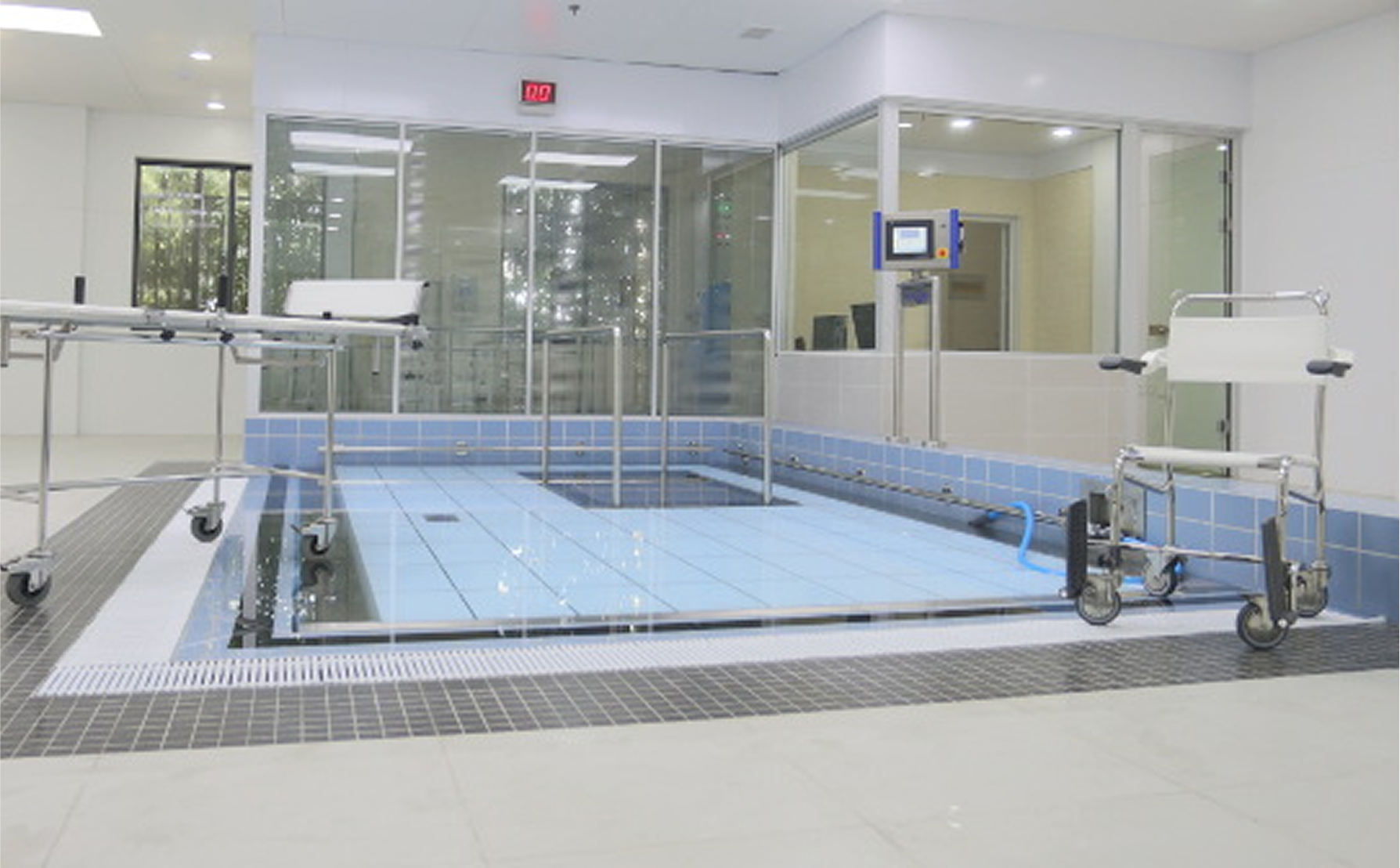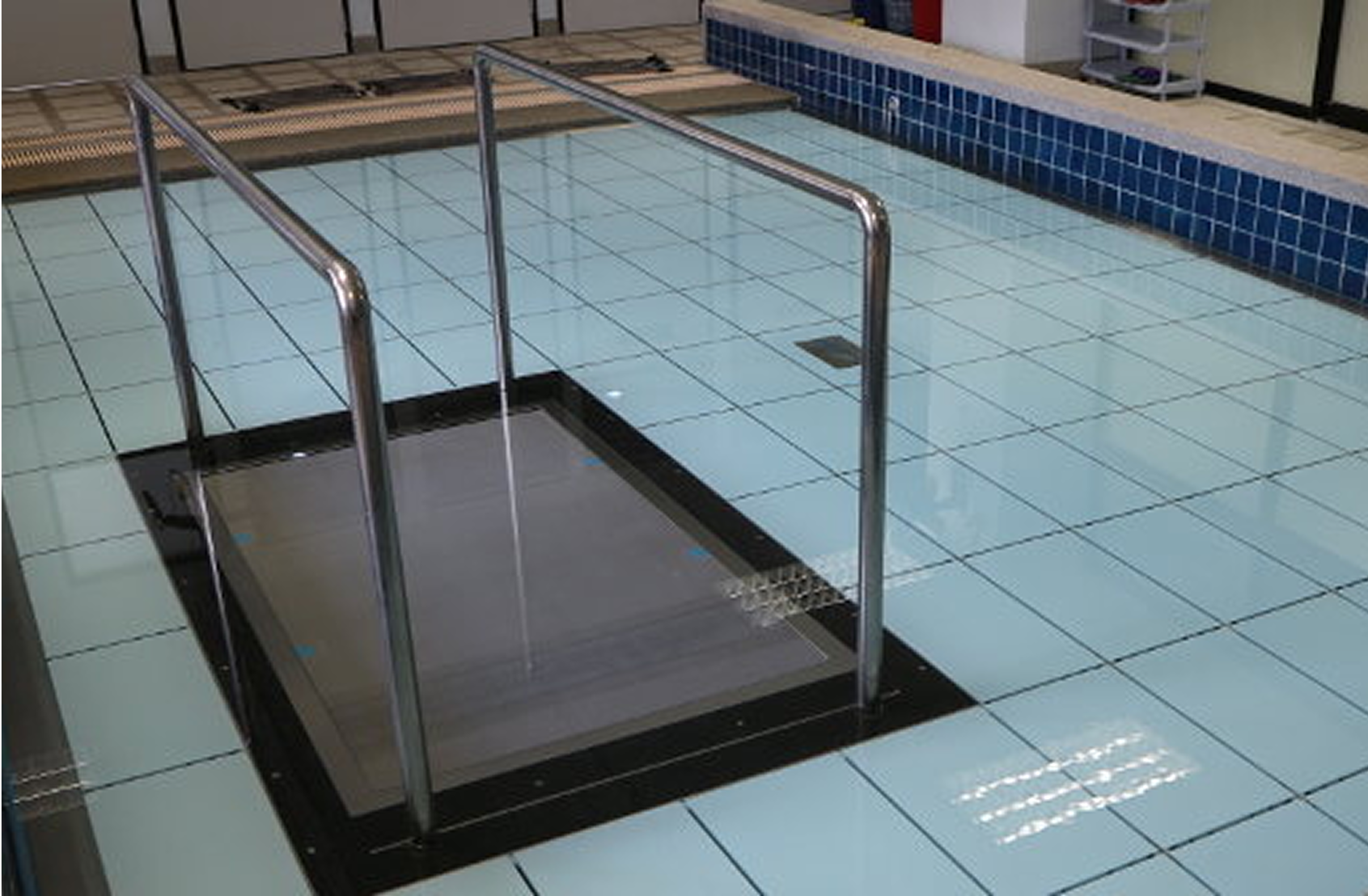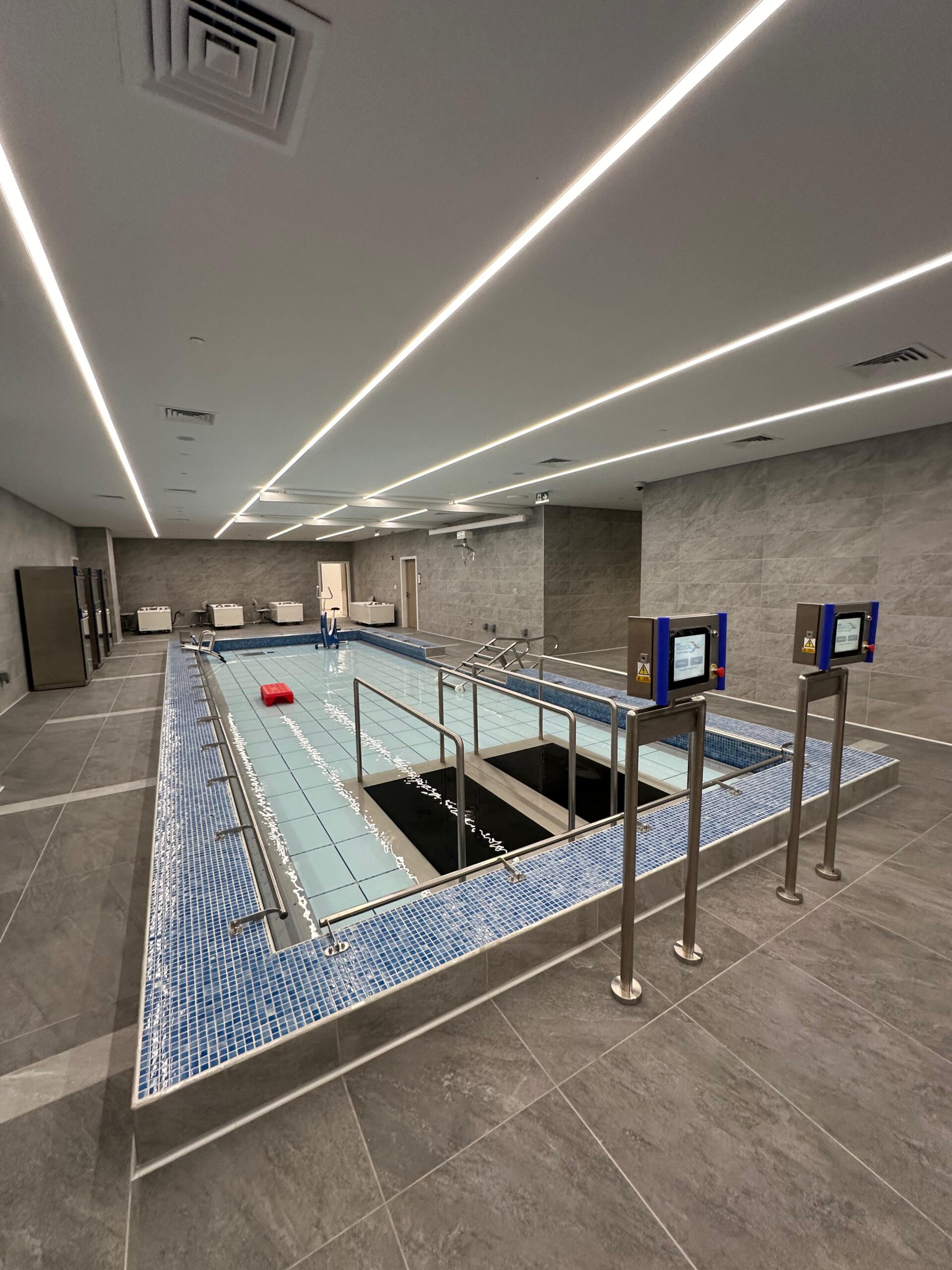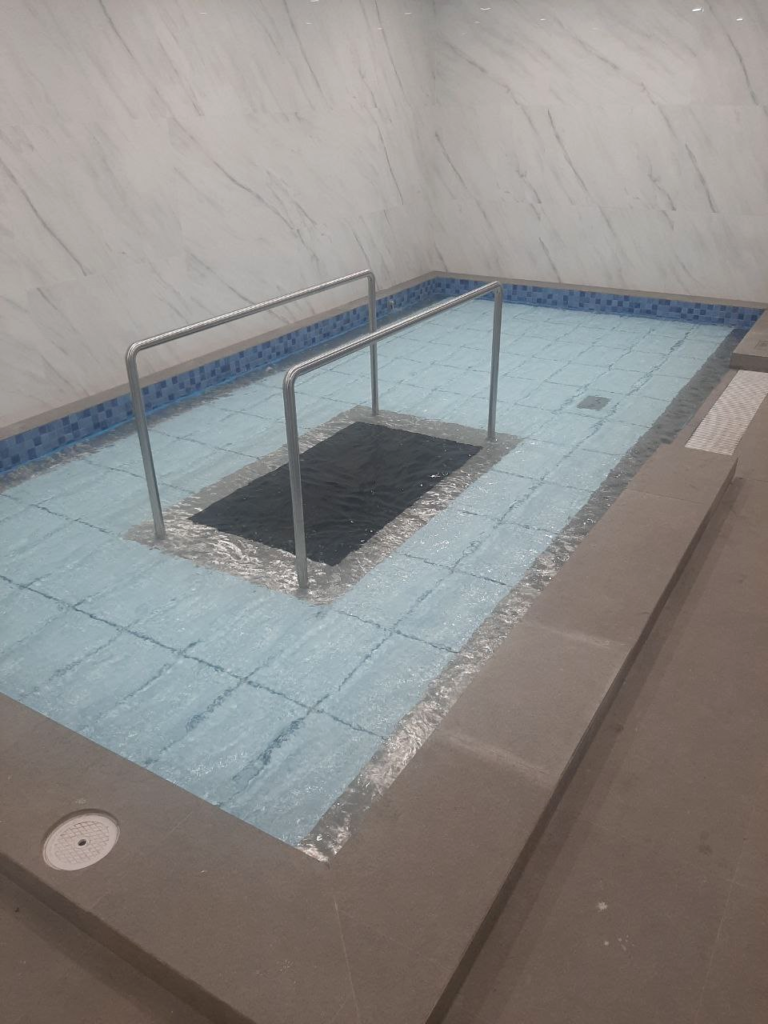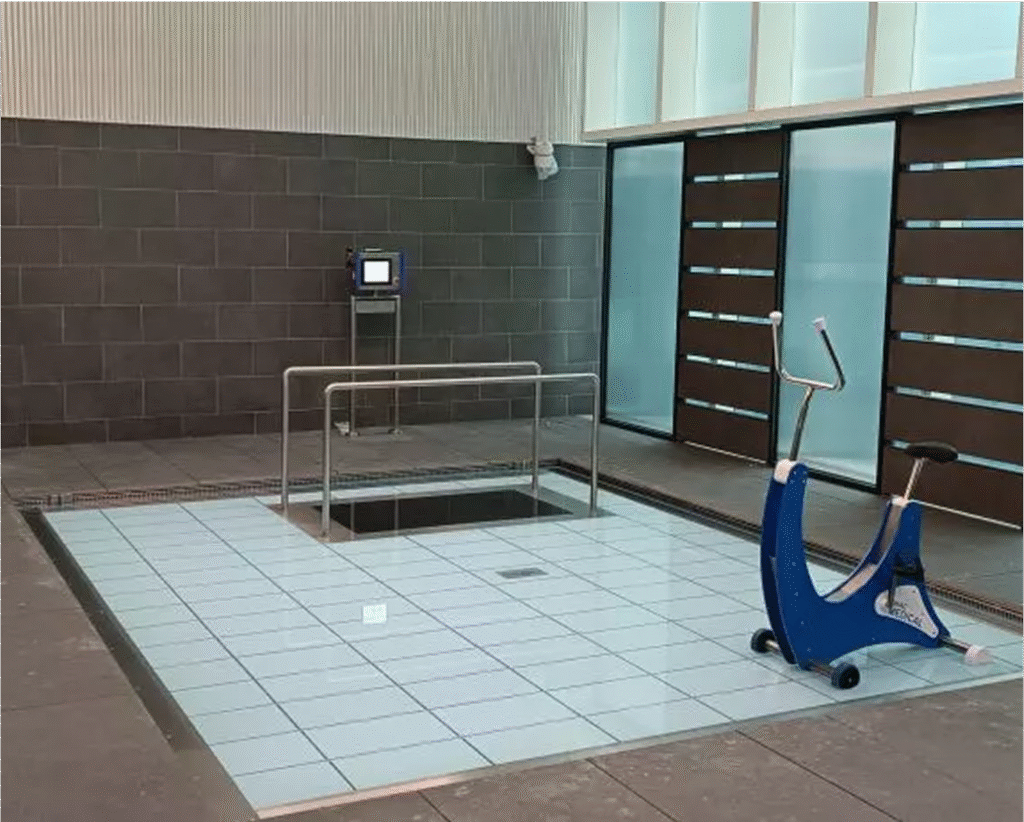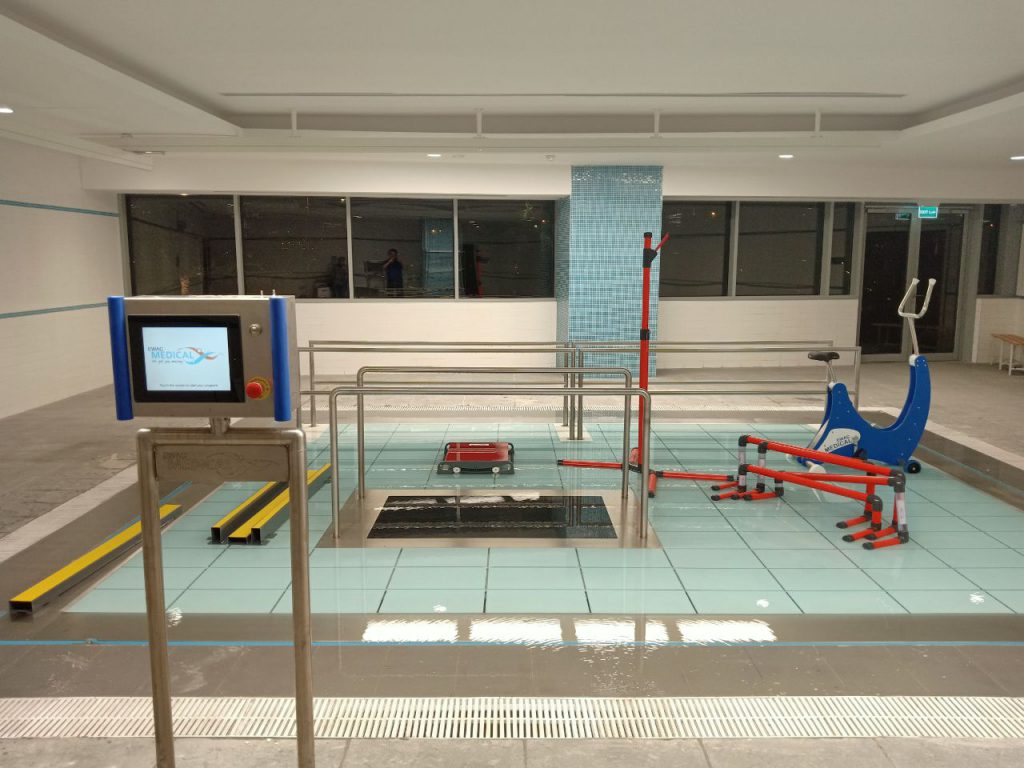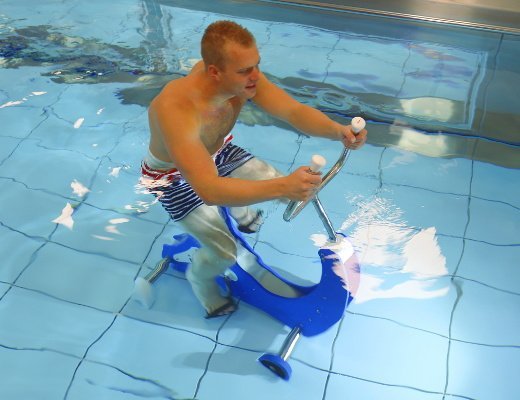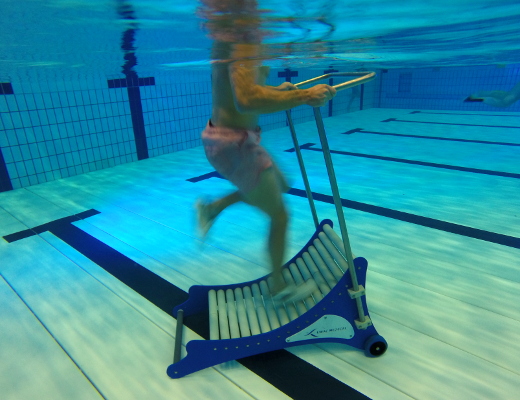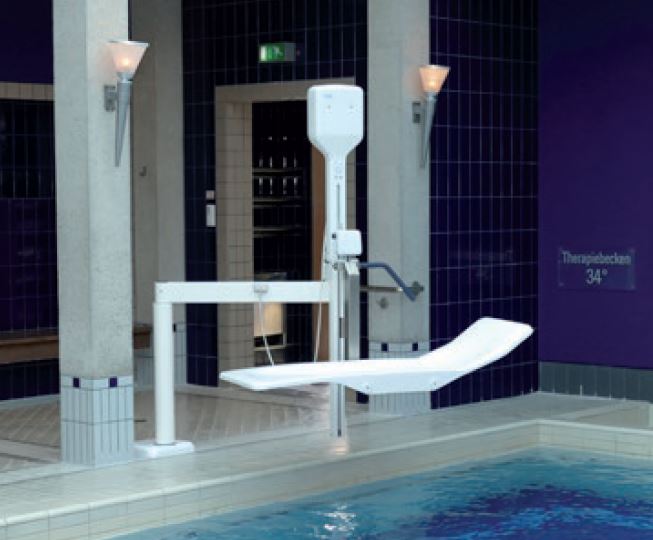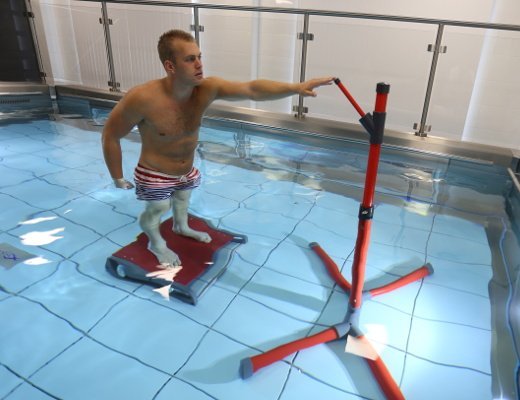Movable swimming pool floors, also known as adjustable pool floors, are a testament to patient-centered innovation in aquatic rehabilitation. For many patients, especially those grappling with chronic pain or limited joint mobility, traditional land-based exercises can be daunting or even unattainable. The unique design of the movable swimming pool floor directly addresses these challenges by allowing the water depth to be tailored to each patient’s specific needs. This personalized approach ensures optimal support and resistance, significantly reducing pain and enhancing joint mobility.
The buoyancy of water, a hallmark feature when using movable swimming pool floors, provides a gentle environment that alleviates undue stress on the joints. This is a game-changer for patients, especially those recovering from surgeries like hip or knee replacements, or those enduring conditions such as arthritis or fibromyalgia. The water’s buoyancy not only minimizes pain but also empowers patients to perform exercises that improve their joint flexibility and overall mobility.
Furthermore, the resistance offered by water, when combined with the adjustable pool floor, aids in strengthening muscles around the joints, promoting endurance and further enhancing joint mobility. This is particularly beneficial for patients with conditions like stroke or multiple sclerosis, where improved coordination and balance are paramount.
Safety and accessibility are at the forefront of the design of movable swimming pool floors. They ensure that patients, regardless of their mobility levels, can enter and exit the pool with ease, and even accommodate wheelchair access, ensuring that everyone can benefit from the therapeutic advantages of water.
It’s essential to emphasize that while the adjustable pool floor offers numerous benefits, aquatic therapy should always be conducted under the watchful eye of a trained therapist or physician. Their guidance ensures that patients can maximize their therapeutic gains while ensuring safety and effectiveness.
